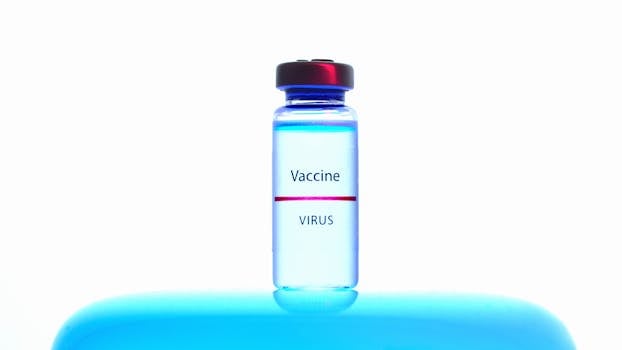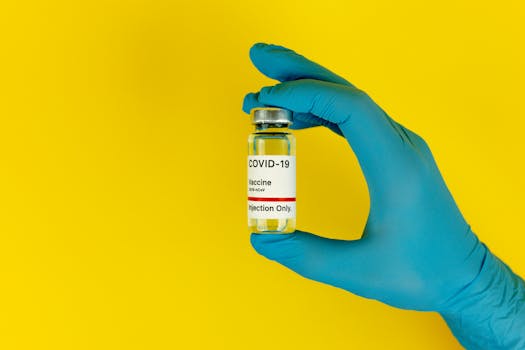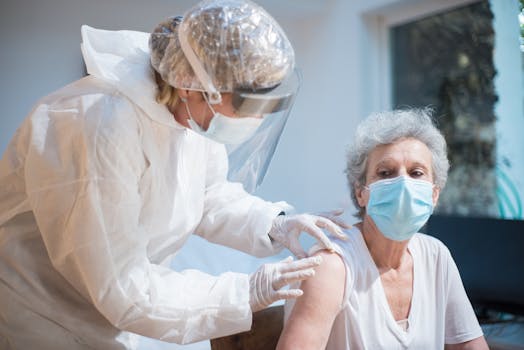
The Science Behind Vaccines and Public Health
The Science Behind Vaccines and Public Health

Vaccines have been widely recognized as one of the most effective ways to prevent the spread of infectious diseases. The science behind vaccines is complex, but it is based on the principle of introducing a small, harmless piece of a pathogen to the body, which then triggers an immune response. This immune response helps the body to develop immunity to the disease, preventing future infections.
How Vaccines Work

Vaccines work by introducing a small, harmless piece of a pathogen, such as a virus or bacteria, to the body. This piece of the pathogen is called an antigen. The antigen is recognized by the immune system, which then responds by producing antibodies and immune cells that can recognize and attack the pathogen.
There are several types of vaccines, including inactivated vaccines, live attenuated vaccines, and subunit vaccines. Inactivated vaccines contain a killed or inactivated form of the pathogen, while live attenuated vaccines contain a weakened form of the pathogen. Subunit vaccines contain only a portion of the pathogen, such as a protein or sugar.
The Importance of Vaccines in Public Health

Vaccines play a critical role in maintaining public health. By preventing the spread of infectious diseases, vaccines help to reduce the number of illnesses and deaths caused by these diseases. Vaccines also help to prevent outbreaks and epidemics, which can have significant economic and social impacts.
In addition to preventing individual illnesses, vaccines also help to protect vulnerable populations, such as the elderly, young children, and people with weakened immune systems. These populations are often at increased risk of serious illness and death from infectious diseases.
Vaccine Safety and Efficacy

Vaccines are extensively tested for safety and efficacy before they are licensed for use. The testing process involves several stages, including preclinical trials, clinical trials, and post-marketing surveillance.
Preclinical trials involve testing the vaccine in laboratory and animal studies to assess its safety and efficacy. Clinical trials involve testing the vaccine in humans to assess its safety and efficacy in a larger population. Post-marketing surveillance involves monitoring the vaccine’s safety and efficacy after it has been licensed for use.
Common Misconceptions About Vaccines

Despite the scientific evidence supporting the safety and efficacy of vaccines, there are still several common misconceptions about vaccines. One of the most common misconceptions is that vaccines can cause autism. This myth has been extensively debunked by scientific studies, which have found no link between vaccines and autism.
Another common misconception is that vaccines are not effective in preventing illnesses. However, vaccines have been shown to be highly effective in preventing a wide range of illnesses, including measles, mumps, and whooping cough.
Conclusion

In conclusion, the science behind vaccines and their role in maintaining public health is complex, but it is based on the principle of introducing a small, harmless piece of a pathogen to the body, which then triggers an immune response. Vaccines are extensively tested for safety and efficacy, and they have been shown to be highly effective in preventing a wide range of illnesses. Despite common misconceptions about vaccines, the scientific evidence supports the safety and efficacy of vaccines, and they remain one of the most effective ways to prevent the spread of infectious diseases.






